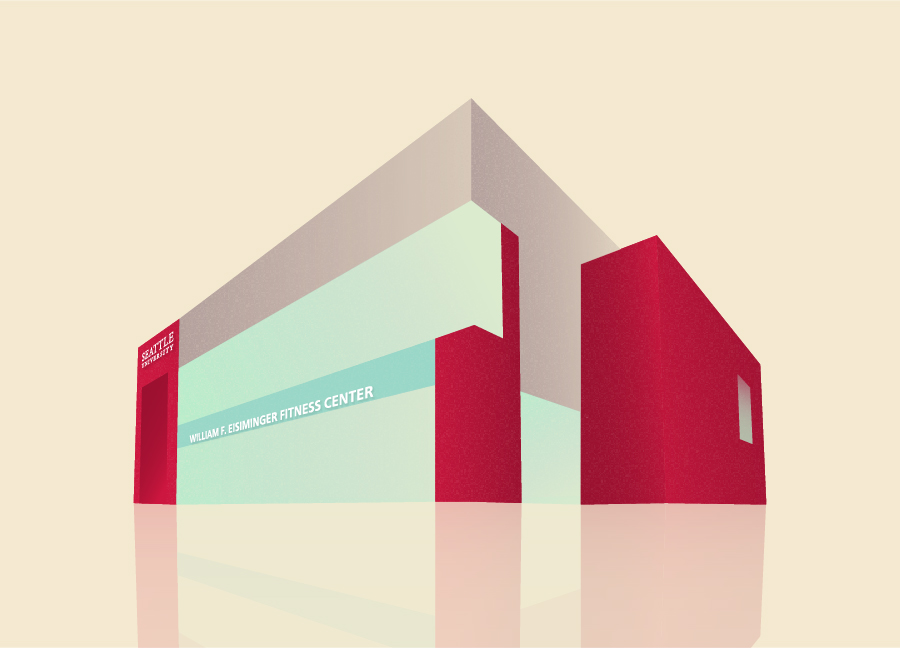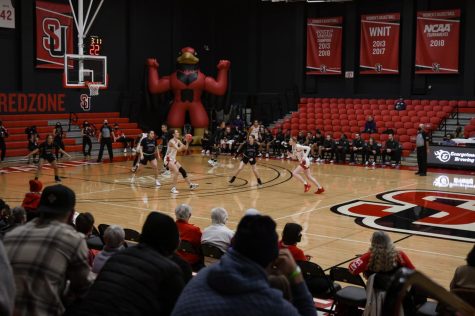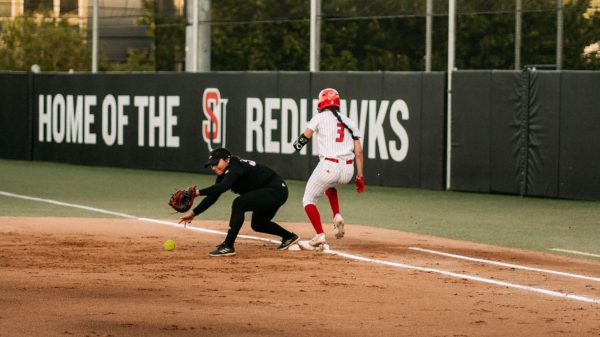Fitness from Home: Life as a Student Without the UREC
COVID-19 is taking a physical toll on Seattle University students, as they are no longer allowed to use Seattle U’s Recreation Center (UREC) for exercise. The UREC announced its closure at the beginning of fall quarter, stating they will remain closed through the entirety of fall. Despite its closure, the UREC is offering online methods of staying active, including virtual group fitness classes, educational workshops and trainer sessions. While access to the facilities is completely prohibited for the majority of the student body, student athletes are permitted limited access to facilities.
Social distancing protocols have drastically changed on-campus living. For students looking to stay fit during the school year, options are limited. Preston Lomond, a second-year psychology major at Seattle U, is feeling the effects of no on-campus gym accessibility.
“I’m struggling to figure out how to do home workouts,” Lomond said. “I’ve gotten really into walking and running, but it’s a bit boring. I bought a yoga mat just recently, and I’m trying to do home workouts on Youtube. I’ve been meaning to look at the UREC page and see what virtual opportunities they have, but I don’t want to have to schedule my day around a Zoom workout, especially because I’m already on Zoom enough for classes.”
Last year, Lomond attended the UREC multiple times a week, utilizing the pool and upper level of the gym.
Exercise during COVID-19 is a pervasive issue for student athletes, as well, as their access to the gym is limited. Kendall Ingersoll, a second-year Anthropology major and soccer player at Seattle U, has spent the beginning of fall quarter training in isolation.
“Right now we don’t have access to the UREC,” Ingersoll said. “We’ll do most of our individual training outside. We use a little gym for lifting and stuff.”
Like many Seattle U students, Ingersoll has been exercising from home.
“I’ve been walking and running a lot more,” Ingersoll said. “I like to run down to the water or around campus.”
To aid in student’s DIY exercise efforts, the UREC is offering virtual classes for students working out from home. The UREC reaffirmed its commitment to student health on Seattle U’s website.
“We will continue to support the health, well-being and connectedness of our community through virtual & select outside, in-person, programming,” the university page stated.
Currently, the UREC is providing “Spark Sessions”, a free 15-30 minute check-in with a trainer, to help students feel inspired. Another option is the “5k your way,” the UREC’s virtual challenge, which urges students to move for 3.1 miles in any way that inspires them.
For students needing more guidance, group fitness classes are available via Zoom and consist of yoga, HIIT and full-body workout programs. For those looking to leave their bedroom, the Seattle U park and tennis courts are open for socially distanced exercise. Equipment rentals are also available.
While Seattle U continues to offer resources for its students, some wonder if full tuition is too much for an isolated education.
“All that I should be paying for is my classes,” Lomond said. “I don’t know what percentage of my tuition would’ve gone towards the UREC, but it’s still a really expensive school because of things like the gym—which we can’t use right now.”
According to the tuition breakdown on the Seattle U website, full-time students pay $300 annually in recreational fees. This accounts for 0.45% of an estimated annual tuition of $65,970.As the UREC remains closed indefinitely, students will have to continue finding other methods of staying healthy.







![Josh Gibson Supplants Ty Cobb, Babe Ruth, as Baseball’s Best Hitter [OPINION]](https://seattlespectator.com/wp-content/uploads/2024/05/gettyimages-72075891-600x338.jpg)



